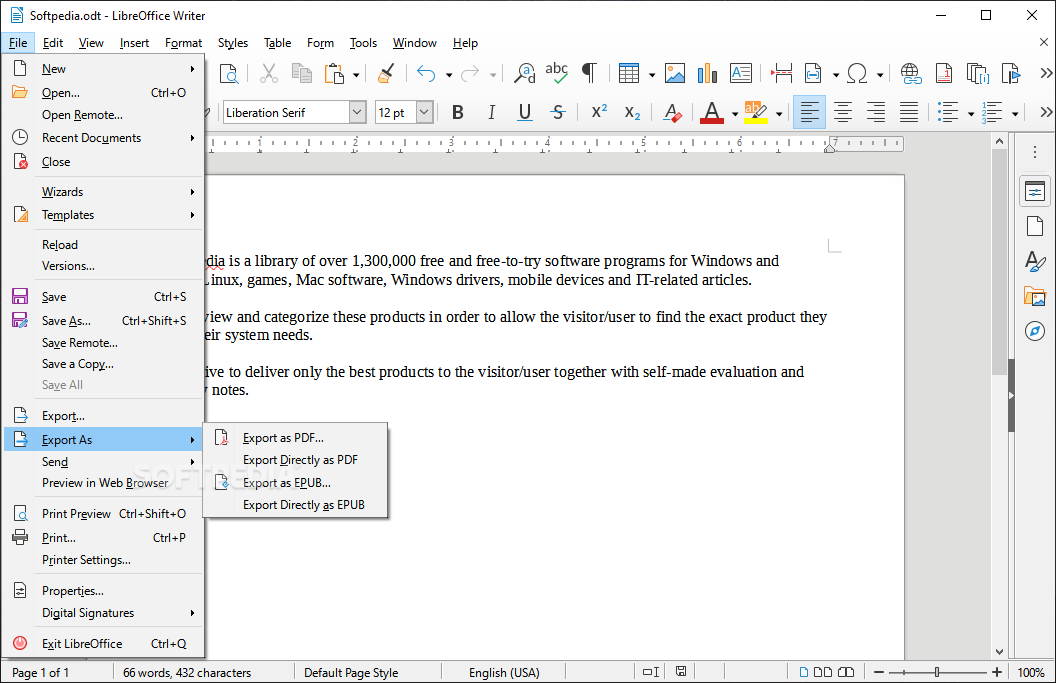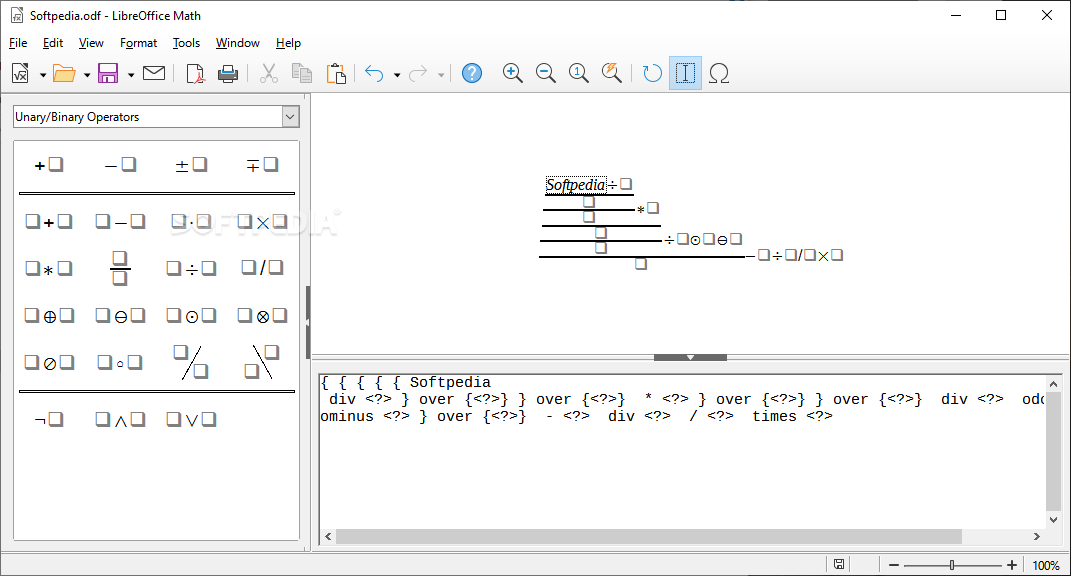

Syntorial authorizations code#
Heres my usual workflow:įirst listen pass: listen to the song for an idea of what needs to be done while taking note of problem areas and opportunities.Ĭlean up the mix: color code tracks, add aux channels for reverbs and delay, and fix distracting mistakes like mouth noises and timing.Ĭreate a rough balance: organize instruments in groups and balance tracks at both the group level and instrument level.Ĭorrective EQ: cut parts of the signal where there is rumble, mud, pokey frequencies, and sibilance.Īdditive EQ: bring out the best parts of the signal by subtly boosting frequencies.Įnhance stereo field and depth: Pan tracks across the soundstage (left to right) and enhance depth (front to back) with reverbs and delays.Īutomation: add movement to the mix through changes in effects, panning, and levels. While production typically has a more lax approach, the best mixes come from (carefully and creatively) executed plans. If you correct issues as you hear them and push faders “just cause,” you won’t ever know when to stop. We mixers are enthusiastic about our craft, and as a result, unbothered by working long hours without a clear direction. There are many different ways to approach a mix, but regardless of approach, most experienced engineers will have a clear roadmap to get from start to finish. Taking some time off from the mix is just as important as mixing itself-you won’t miss out on anything when you’re gone. We recommend taking a 10-minute break every hour, or a 20-minute break every 90 minutes. Most problems in a mix stem from a single imbalance-if the mix sounds like a blur due to listening fatigue, it's hard to tell whether an EQ boost, fader change, or processing tweak will solve the issue at hand. But if you don’t stop now and then, your ears get whacked and bad decisions get made. It's tempting to hunker down and simply power through it without a break.

Mixing presents a unique set of challenges: there are many tedious editing tasks, non-stop A/Bing, and lots of stress to meet client expectations. Unlike other jobs where there are scheduled breaks, you set your own hours as a mix engineer, and when you’re in the zone, you can stay seated in the same spot for hours. Next to listening to a mix loud, mixing when fatigued is one of the hardest habits to kick as an engineer. If you have a particularly noisy life outside of the studio as a construction worker, bartender, or teacher, taking a break to allow your ears to re-calibrate before getting to music is a good idea. Similar to the way an athlete can pull a muscle and have to sit out a season, a mixer can overwork their ears to the point of exhaustion and not be able to hear properly. There are more technical specs you can get elsewhere, but for this blog, a good rule of thumb is to monitor at a level where you can have a conversation without the need to raise your voice.Įar health extends beyond the studio too! Wearing hearing protection in loud environments like clubs and sporting events, and giving your ears a rest by cutting down on headphone listening will help them stay fresh for years to come. But measuring noise in a home studio is tricky business-85 dB SPL in a large treated studio will feel much louder in a small apartment bedroom with windows. So what level should we mix at? In strict ear health terms, the OSHA (Occupational Safety and Health Administration) recommends we limit sound exposure to 85 dB SPL for a maximum of eight hours a day.

In addition to causing ear fatigue, the thumping low end and pleasing high-end presence we hear at high playback levels rarely translates at lower levels and over other playback systems that aren’t your own. Listening to my mixes loud was a big mistake I made for a long time. For this reason, here are five tips for keeping your ears and mind fresh before, during, and after studio sessions. Long hours are a reality of working in audio, but the traps that cause listening fatigue can be avoided by developing a healthy mixing workflow. It's an obvious point, but worth repeating, since, if you’re anything like me, you occasionally leave marathon mixing sessions with buzzing ears. Ears are our most valuable tools as mixers.


 0 kommentar(er)
0 kommentar(er)
